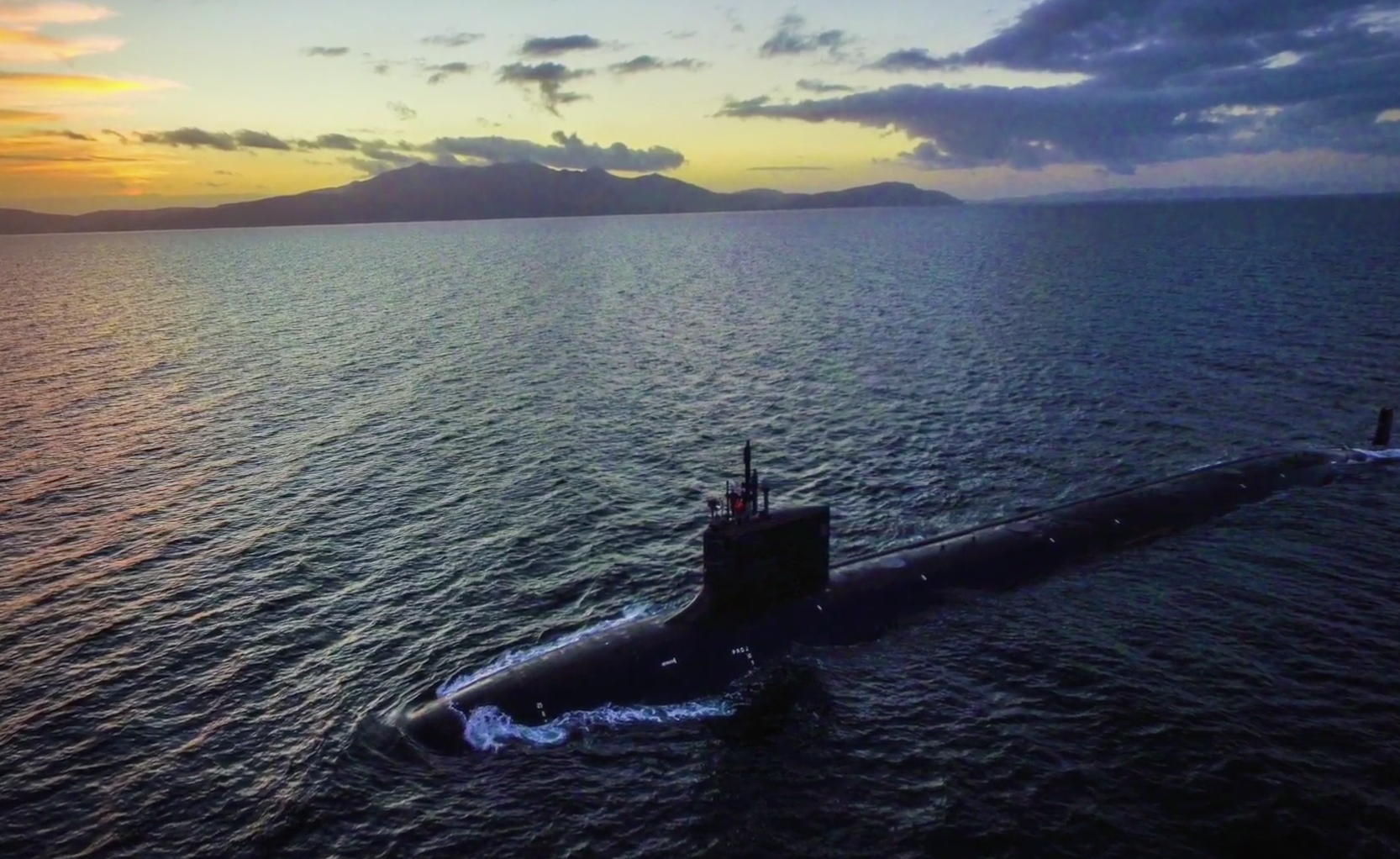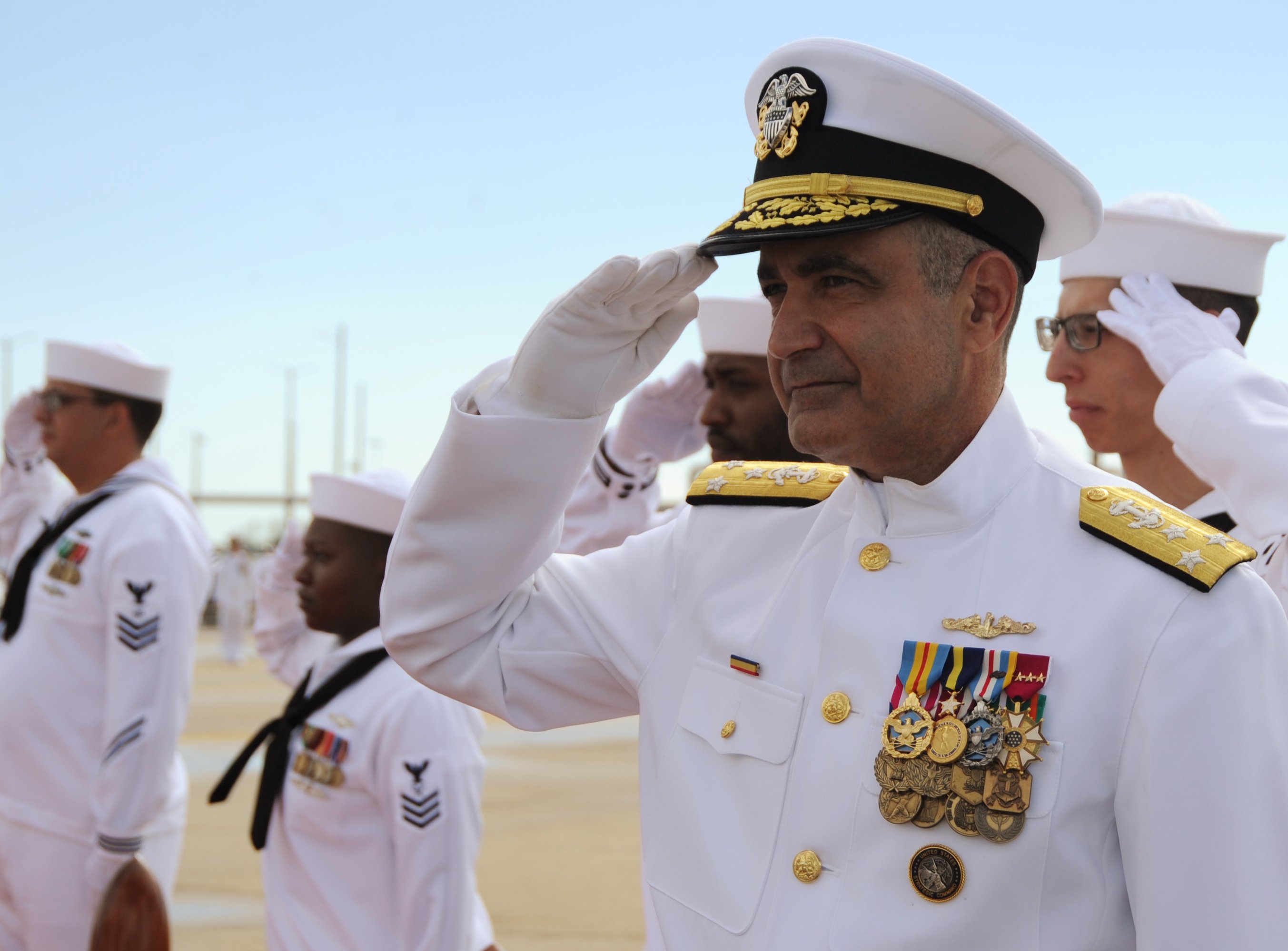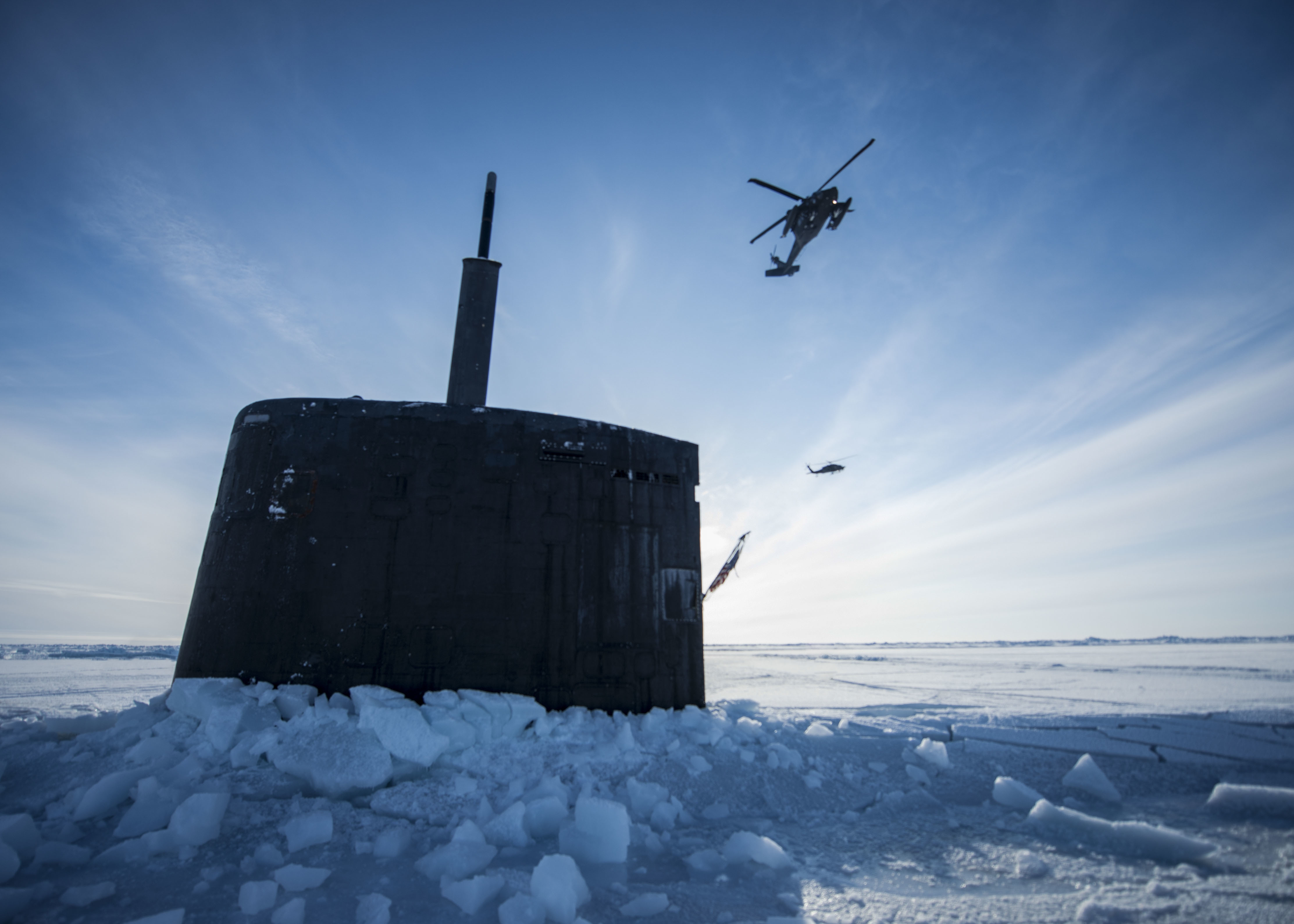The Edge reported in January 2012:
It has been over 18 months since the Kuala Lumpur Regional Centre of Arbitration (KLRCA) had a new director, Sundra Rajoo - a former lawyer, chartered arbitrator, architect and town planner.
We have the full support of the Malaysian government, the legal fraternity and the judiciary, who understand the important role that arbitration can play in the legal system. Their strong support is evidenced by the funding that the government has given us-Professor Dr Sundra Rajoo director of the Asian International Arbitration Centre (AIAC),as the KLCRA is now known.
The Edge reported in November 2018:
Professor Dr Sundra Rajoo has resigned as director of the Asian International Arbitration Centre (AIAC) following a Malaysian Anti-Corruption Commission (MACC) investigation into his alleged misconduct including the use of public funds to influence ministers to get his term extended.
Sundra spent a night at the MACC lock-up but was released yesterday after Putrajaya magistrate Khir Nizam denied the graft busters a seven-day remand application and ruled they had no jurisdiction to detain him as he was protected under the International Organisations (Privileges and Immunities) Act 1992 (Act 485).
Moreover, his lawyer Philip Koh said he was protected under the Diplomatic Privileges (Vienna Convention) Act 1966. “He is no longer under arrest or remand. The judge agreed that Sundra Rajoo is protected under the International Organisation Act and is not liable for any form of arrest under diplomatic privileges ... he is released without any condition.”
END (but do read on,it gets worse....)
Friday, December 28, 2018
Former AG Apandi Ali's diplomatic immunity may stand in way of any prosecution,investigation
by Ganesh Sahathevan

Bungling AG Gives Away MORE EVIDENCE At Press
Bungling AG Gives Away MORE EVIDENCE At Press
Conference Meant To Clear Najib:Sarawak Report
There has been plenty of commentary about the possibility of former attorney-general Tan Sri Mohamed Apandi Ali being investigated and perhaps charged for his part in the 1MDB theft and cover-up.
However, Apandi was,while AG,also a director of the Asian International Arbitration Centre (AIAC) and may have had diplomatic immunity for that period of time.The recent decision in the case former AIAC director Professor Dr Sundra Rajoo may well be precedent ,regardless of how wrong that decision appears to be (see article below).
END
There has been plenty of commentary about the possibility of former attorney-general Tan Sri Mohamed Apandi Ali being investigated and perhaps charged for his part in the 1MDB theft and cover-up.
However, Apandi was,while AG,also a director of the Asian International Arbitration Centre (AIAC) and may have had diplomatic immunity for that period of time.The recent decision in the case former AIAC director Professor Dr Sundra Rajoo may well be precedent ,regardless of how wrong that decision appears to be (see article below).
END




